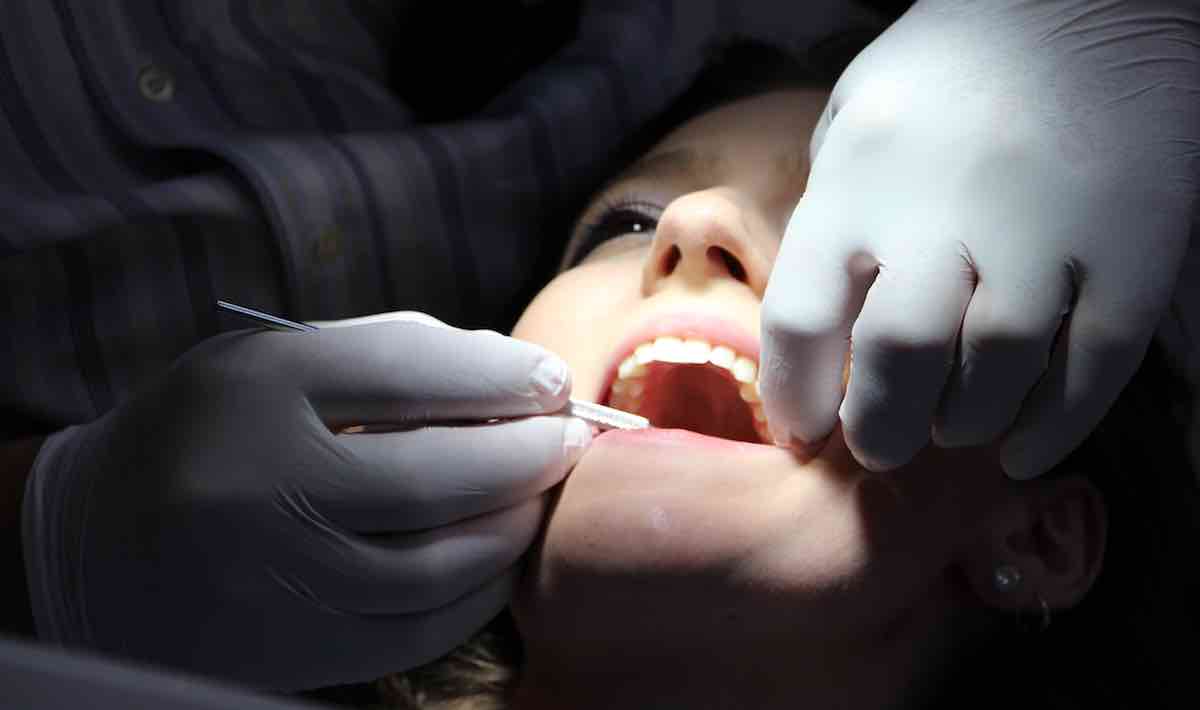The pain of tooth decay may be a thing of the past thanks to this new breakthrough from the Queen Mary University of London.
Enamel, located on the outer part of our teeth, is the hardest tissue in the body and enables our teeth to function for a large part of our lifetime despite biting forces, exposure to acidic foods and drinks, and extreme temperatures. This remarkable performance results from its highly organized mineral structure.
However, unlike other tissues of the body, enamel cannot regenerate once it is lost, which can lead to pain and tooth loss. Because these problems affect more than 50% of the world’s population, finding ways to recreate enamel has long been a major need in dentistry.
But according to this new study published in Nature Communications, researchers have developed a mineralized material that mimics the fortified structure of enamel.
RELATED: First Ever 3D-Printed Cornea Could Restore Vision for Millions of People
The protein-based substance could be used to prevent and treat tooth decay, as well as tooth sensitivity and pain.
In addition to being used to regenerate enamel, the material can be used to regenerate bone, dentin, and other tough materials in the body, which means that the study could be a major breakthrough for other areas of regenerative medicine as well.
Dr. Sherif Elsharkawy, a dentist and first author of the study, says: “This is exciting because the simplicity and versatility of the mineralization platform opens up opportunities to treat and regenerate dental tissues. For example, we could develop acid resistant bandages that can infiltrate, mineralize, and shield exposed dentinal tubules of human teeth for the treatment of dentin hypersensitivity.”
Smile! And Be Sure To Share The Good News With Your Friends




















